CNN analyzed photos and videos of Hamas militias in the attack to determine the weapons used, many of which were modified Russian or Chinese weapons collected from battlefields decades ago.
An expert describes the carefully planned Hamas offensive, which saw the group infiltrate by land, sea and air, and how it represents a shift in Hamas’ overall military strategy. Many believe Hamas’ weapons may have been supplied by Iran, after the US government confirmed that the state had provided Hamas with cash, military equipment and training.
The group operates in Gaza, a strip of land on the Mediterranean coast bordering Egypt and Israel. Gaza has been isolated from the outside world since 2007 after Hamas took control of the territory, prompting Israel and Egypt to impose a blockade around Gaza.
Although Hamas' weapons fall far short of Israeli standards in sophistication – as the Israeli military can purchase some of the most modern weapons produced by the United States – the reach of these weapons gives Hamas unprecedented destructive capabilities.
“To me, they are weapons of mass destruction,” said former US Army Major Mike Lyons, referring to the surface-to-air missiles seen in several videos analyzed by CNN.
Machine guns
Images analyzed by CNN show Hamas using several DShK machine guns, a Soviet .50 caliber machine gun, modified and mounted on pickup trucks.
The gun typically requires two people to operate, one holding the magazine and one operating the gun. However, Mr Lyons said the machine guns used by Hamas were modified to allow a single person to operate them effectively.
“A person can sit down and pull the trigger on this machine gun with one hand, and do something else with the other hand. These weapons have a high destructive potential.”
These weapons are designed to penetrate the armor of military vehicles and aircraft, and are commonly used by professional armies. They are often mounted on tripods or on armored vehicles and are used as defensive weapons.
“It is very rare to see this type of weapon being sent into village areas where there is no military presence,” said John Spencer, chairman of the Urban Warfare Studies Committee at the Institute for the Study of Modern Warfare at West Point.
AK-47
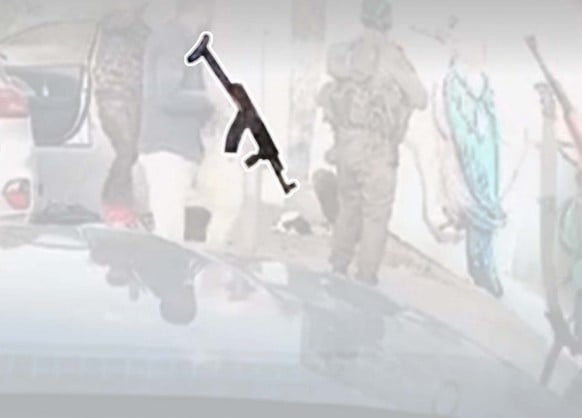
Photo: CNN/WhatsApp Video
Stephen Biddle, a professor and defense expert at Columbia University, described the weapon's versatility: “When you hold the trigger, you can empty the magazine. They have a high rate of fire. Hamas doesn't have to go out of their way to source these weapons.”
A video on Hamas' Telegram channel shows soldiers attacking an Israeli army outpost, most armed with AK-47s.
Many experts have mentioned changes that some organizations could apply to their AK-47s, such as removing some parts to make them lighter and easier to use.
“They often edit them because they are only interested in their practical effectiveness,” Lyons said.
Such modifications show the force using them is unprofessional but still effective, Mr Spencer said.
“If these modifications were standardized, it would be a sign of military professionalism. They could make some small changes to old equipment that would make it equally effective, even more effective and easier to use.”
Some of the AK-47s may be Soviet weapons left behind after the Soviet invasion of Afghanistan in the 1980s, according to experts. Others may be Chinese weapons that have entered the organization’s smuggling network. Some of them may have come from Iraq, where Saddam Hussein bought thousands of AK-47s. A number of small arms from Libya also appeared on the black market in the 2010s.
This is a dilemma for countries with modern militaries that have to leave equipment behind on the battlefield – it could end up in the hands of other organisations, according to Mr Lyons.
“These videos look like they were shot 40 years ago,” Lyons said. “These weapons are identical. They are designed to be simple, and they are designed to operate in the most hostile environments in the world.”
Missile
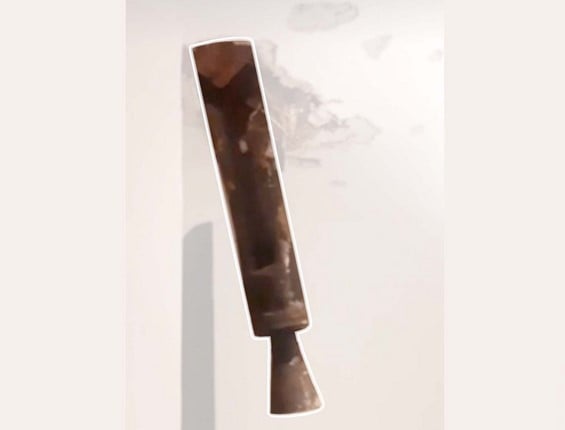
Photo: CNN/Telegram
However, the massive number of missiles at times overwhelmed the Iron Dome, a sophisticated system equipped with radar to detect missiles and shoot them down.
Some rockets have also landed in Israeli homes without detonating. In a short video posted on Telegram, a man filmed a Hamas rocket piercing a bedroom ceiling. A British researcher at Calibre Obscura, a weapons identification website, said the rocket appeared to be an unexploded Qassam or Saraya al-Quds rocket. The researcher also said the rockets were named after the groups that used them: Hamas’s military wing, the Izz al-Din al-Qassam Brigades, and the al-Quds Brigades of Palestinian Islamic Jihad.
Hamas manufactures most of the Qassam rockets it uses, as it is difficult to transport the large rockets through the blockade around Gaza. It is unclear how the group manufactures its rockets. In previous conflicts with Israel, Hamas has launched rockets made from old water pipes.
A senior Hamas official in Lebanon has detailed the group's weapons manufacturing capabilities in an interview with Russia Today's Arabic-language news channel RT Arabic.
“We have factories locally that produce everything from missiles with a range of 250km to 160km, 80km and 10km. We have factories that produce mortars and mortar shells… We have factories that produce Kalashnikovs and shells for them. We produce ammunition with Russian permission. And we produce it right here in Gaza.”
However, some former US officials said there was little doubt that the weapons used in the October 7 attack were supplied and assembled by Iran.
“Hamas did not develop the guidance systems and the missiles in Gaza. They had outside help. And the technological assistance in assembling that could only come from Iran and nowhere else,” said former General Frank McKenzie.
Grenade
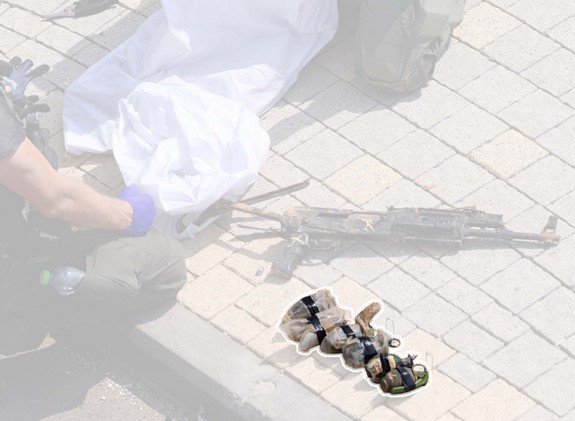
Photo: CNN/Jack Guez/Getty Images
In dashcam video obtained by CNN, a soldier throws a grenade into a bomb shelter near the Nova music festival venue.
“They immediately took cover, which is what experienced people would do,” said former Lt. David Benson, who served in Iraq and now works for a private security firm. He said the video showed the soldiers had been trained.
Several grenades were seen in photos published by Reuters on October 8. The photos showed Israeli soldiers examining weapons left on the sidewalk outside a police station in Sderot. Three experts said some of the devices appeared to be grenades.
It is not yet clear whether Hamas manufactured or purchased the grenades, but their possession suggests the group has been building up its arsenal for years.
“Grenade is very expensive, even for the US military,” said Mr. Benson.
Drones
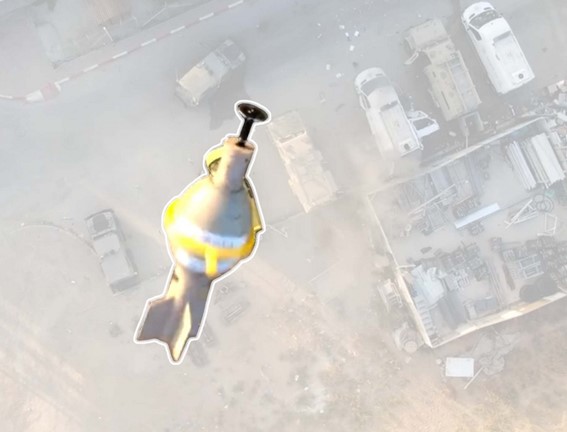
Photo: CNN/Hamas.
Mr Biddle said the drones had attacked sensors monitoring the fence separating Gaza from Israel, a sign that it was a planned attack. “Their first objective was not to get through the fence, but to destroy the sensors.”
Mr Spencer said these signals showed that other states were providing not only aid but also training in how to use the equipment and select the right bomb for the right target.
“The drones were the most surprising element. It’s not unusual for them to have them, but the ability to carry out attacks with such sophisticated coordination and even film them and post them, I think, is a clear signal that there is state funding for Hamas militias.”
In another video posted by Hamas, a drone places an improvised explosive device on a remote-controlled machine gun at the Israeli outpost of Kfar Aza.
Paragliding
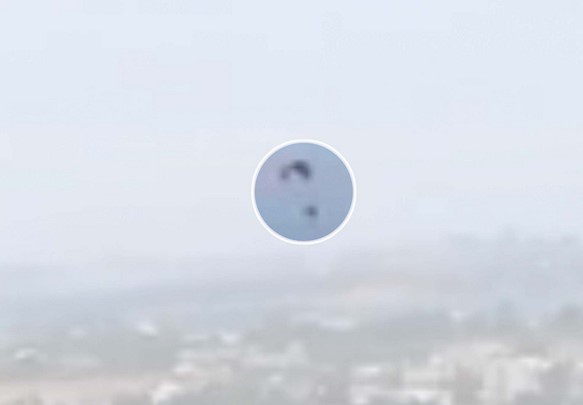
Photo: CNN/Hamas.
Wind-powered paragliders, along with motorized parachutes, are often used by thrill-seeking tourists. They are rarely used in war for obvious reasons.
“The paragliders are very fragile and do not have much maneuverability.”
Sean Elliott, vice president of Industry and Legal Affairs at the Experimental Air Vehicle Association, agrees.
“They have quite limited capabilities. They require a lot of the right conditions and the right environment. They have a lot of vulnerabilities.”
But these devices have been used before. In late 1987, a Palestinian soldier flew a glider—similar to a paraglider but with a rigid frame—into Israeli airspace. Armed with grenades, a pistol, and a rifle, the soldier killed six Israeli soldiers and wounded seven others before being shot down.
More recently, in 2012, a suspected al Qaeda terrorist in Spain was found to be in possession of three paragliders and was being trained to use them.
Mr Spencer said Hamas did not buy the paragliders itself and suspected the group was provided and trained to use them by a sponsor outside Gaza.
Bulldozer
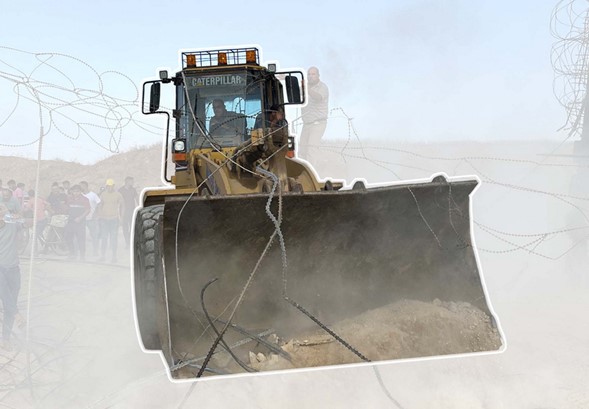
Photo: CNN/Mohammed Fayq Abu Mostafa/Reuters.
Images from the October 7 attack show a bulldozer being used to destroy the fence separating Gaza and Israel.
In some videos, Hamas soldiers were seen driving several IDF vehicles and using Israeli weapons that were likely captured in the early stages of the attack.
Some reports also said Hamas soldiers had donned Israeli uniforms to sow discord among Israeli forces – a tactic the group has used before.
Nguyen Quang Minh (according to CNN)
Source



![[Photo] Conference of the Government Party Committee Standing Committee and the National Assembly Party Committee Standing Committee on the 10th Session, 15th National Assembly](https://vphoto.vietnam.vn/thumb/1200x675/vietnam/resource/IMAGE/2025/10/15/1760543205375_dsc-7128-jpg.webp)
![[Photo] Many dykes in Bac Ninh were eroded after the circulation of storm No. 11](https://vphoto.vietnam.vn/thumb/1200x675/vietnam/resource/IMAGE/2025/10/15/1760537802647_1-7384-jpg.webp)
![[Photo] The 18th Hanoi Party Congress held a preparatory session.](https://vphoto.vietnam.vn/thumb/1200x675/vietnam/resource/IMAGE/2025/10/15/1760521600666_ndo_br_img-0801-jpg.webp)


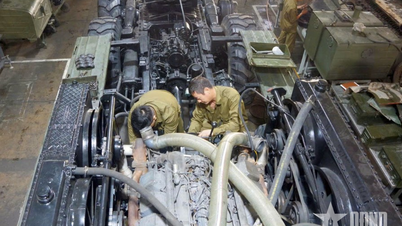

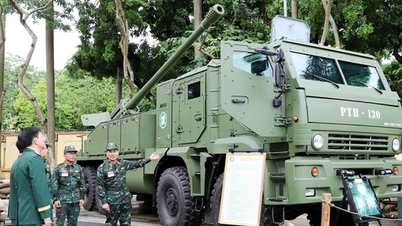












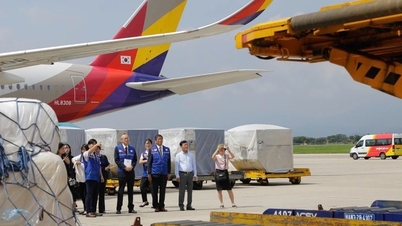







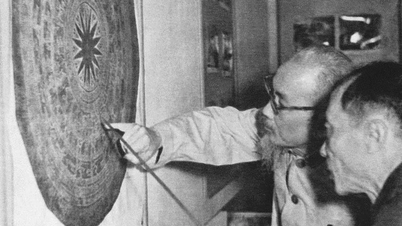














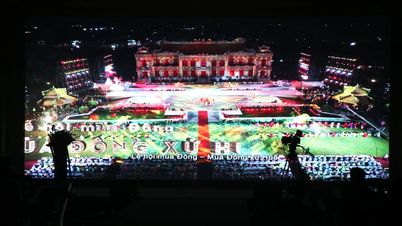
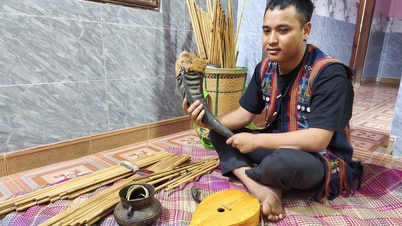






















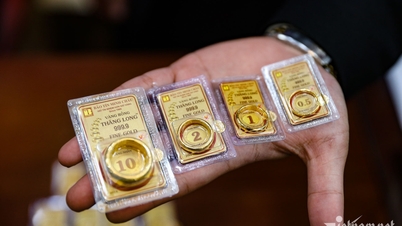






































Comment (0)